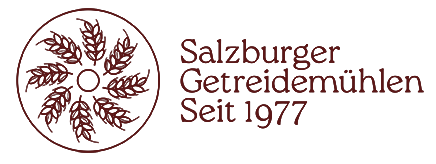
Cereals are one of the most valuable sources of vitamin B1. The cereal grain contains almost all the nutrients and anabolic substances that are important for our diet.
provide the body with energy and nutrients.
regulate the body’s functions.
Soak the grain:
Use lukewarm or cold water and leave to soak for 3 to 10 minutes. Take twice as much water as grain.
Do not throw away the enriched water but use it for cooking or watering flowers
Kiln drying grain:
Roast the grain in the oven at 60 – 70 degrees. This makes it more digestible and aromatic.
Kilning is particularly recommended for buckwheat, barley and oats because kilning prevents the formation of mucilage.
Simmering and swelling:
Leave the grain at low temperatures – 30 – 60 degrees.
Sources:
Leave the grain covered.
Address:
Gasteigweg 25,
5400 Hallein
Austria
Opening hours:
Monday to Thursday: 09 – 16:00
Friday: 09 – 12:00
Contact:
Phone: +43 6245 83282
E-mail: info@agrisan.at
Address:
Gasteigweg 25,
5400 Hallein
Austria
Opening hours:
Monday to Thursday: 09 – 16:00
Friday: 09 – 12:00
Contact:
Phone: +43 6245 83282
E-mail: info@agrisan.at

